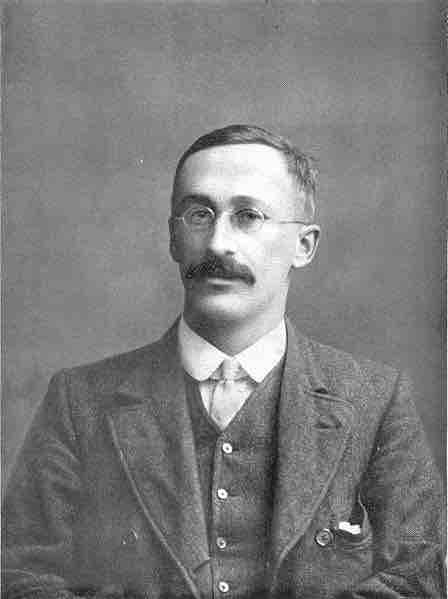A t-test is any statistical hypothesis test in which the test statistic follows a Student's t-distribution if the null hypothesis is supported. It can be used to determine if two sets of data are significantly different from each other, and is most commonly applied when the test statistic would follow a normal distribution if the value of a scaling term in the test statistic were known. When the scaling term is unknown and is replaced by an estimate based on the data, the test statistic (under certain conditions) follows a Student's t-distribution.
History
The t-statistic was introduced in 1908 by William Sealy Gosset (shown in ), a chemist working for the Guinness brewery in Dublin, Ireland. Gosset had been hired due to Claude Guinness's policy of recruiting the best graduates from Oxford and Cambridge to apply biochemistry and statistics to Guinness's industrial processes. Gosset devised the t-test as a cheap way to monitor the quality of stout. The t-test work was submitted to and accepted in the journal Biometrika, the journal that Karl Pearson had co-founded and for which he served as the Editor-in-Chief. The company allowed Gosset to publish his mathematical work, but only if he used a pseudonym (he chose "Student"). Gosset left Guinness on study-leave during the first two terms of the 1906-1907 academic year to study in Professor Karl Pearson's Biometric Laboratory at University College London. Gosset's work on the t-test was published in Biometrika in 1908.

William Sealy Gosset
Writing under the pseudonym "Student", Gosset published his work on the t-test in 1908.
Uses
Among the most frequently used t-tests are:
- A one-sample location test of whether the mean of a normally distributed population has a value specified in a null hypothesis.
- A two-sample location test of a null hypothesis that the means of two normally distributed populations are equal. All such tests are usually called Student's t-tests, though strictly speaking that name should only be used if the variances of the two populations are also assumed to be equal. The form of the test used when this assumption is dropped is sometimes called Welch's t-test. These tests are often referred to as "unpaired" or "independent samples" t-tests, as they are typically applied when the statistical units underlying the two samples being compared are non-overlapping.
- A test of a null hypothesis that the difference between two responses measured on the same statistical unit has a mean value of zero. For example, suppose we measure the size of a cancer patient's tumor before and after a treatment. If the treatment is effective, we expect the tumor size for many of the patients to be smaller following the treatment. This is often referred to as the "paired" or "repeated measures" t-test.
- A test of whether the slope of a regression line differs significantly from 0.